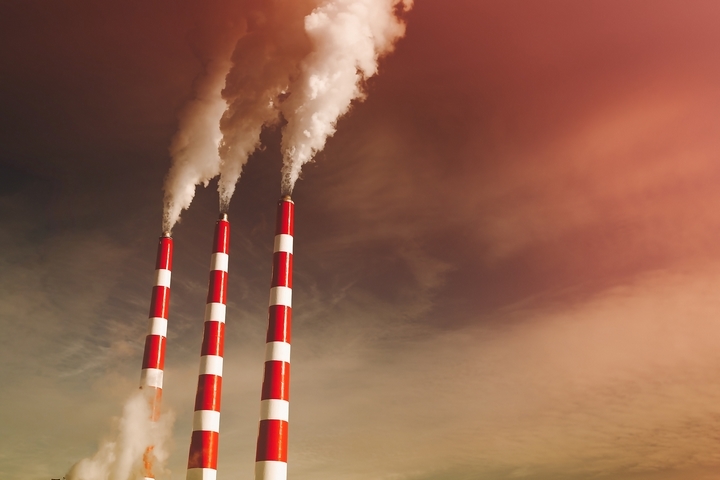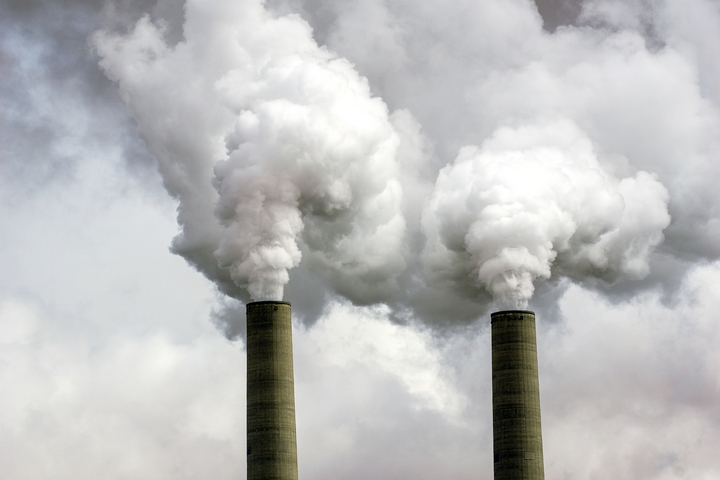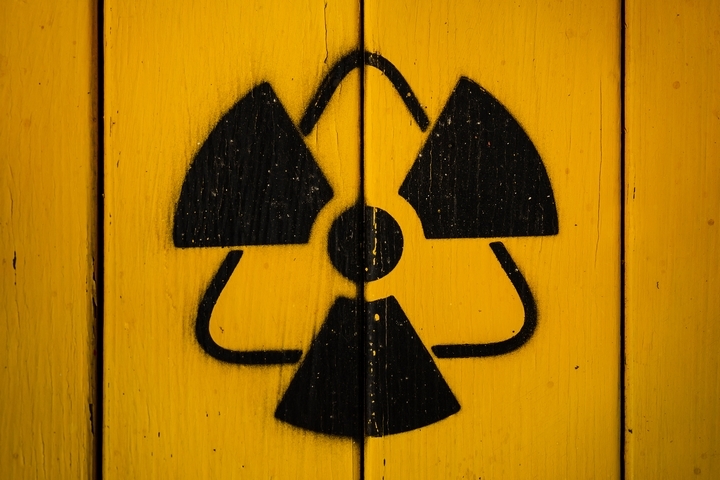9 Common Types of Industrial Air Contamination

Industrial air pollution has the potential to affect the quality of the air we breathe negatively. Among industrial air contaminants are ozone, carbon monoxide, particle matter, sulphur dioxide, lead, and nitrogen gases. Some of these contaminants are so dangerous they can result in numerous health complications. One way of combating air contamination is through the use of industrial exhaust fans, which circulate the fumes away from your proximity.
Industrial air contaminants include ozone, incompletely burned fossil fuels, sulphur dioxide, nitrogen oxides, lead, dioxin, benzene, radioactive pollution, and thermal pollution. When released into the air in large quantities or over a prolonged period, these contaminants can adversely affect the health of both humans and animals.
Below are nine most common types of industrial air contamination:
1. Ozone Air Contamination

One of the most prevalent pollutants, ozone is produced through a chemical reaction between gases such as carbon monoxide, volatile organic compounds, nitrogen oxide, and sunlight. The ozone is therefore not emitted but created out of a reaction of these industrial gases with sunlight.
The gases are emitted when fossil fuels or carbon-based fuels are burned. While there is ‘good’ ozone, when these gases react with sunlight, they form ‘bad’ ozone, which pollutes or contaminates the environment. These types of industrial air contamination is most rampant in the sunniest months of the year, especially between May and October.
2. Sulphur Dioxide
When mixed with water, sulphur dioxide produces sulfuric acid. Fuels that contain sulphur dioxide include coal and oil. When burned, these fuels can lead to health complications, especially among people with existing lung and heart conditions.
Sulfuric acid present in acid rain has been known to destroy vast forests. These types of industrial air contamination also affect the growth of trees and makes them susceptible to droughts, winter injury, and insect infestation. Acid rain also compromises the survival of aquatic organisms.
3. Incompletely Burned Fossil Fuels
Industrial plants, vehicles, and heating equipment in homes produce incompletely burned fossil fuels. The resultant carbon monoxide is odourless and colourless, which when inhaled makes it dangerous to animals and humans. The symptoms of carbon monoxide poisoning include confusion, dizziness, headaches, vomiting, weakness, chest pain, and an upset stomach. Poisoning from carbon monoxide could be fatal if inhaled when one is drunk or asleep.
4. Nitrogen Oxides
 Another cause of acid rain, nitrogen oxides contributes to smog and other negative effects that contaminate the air. It results from combustion processes from running engines, ships, and heat. Nitrogen gases are known to cause respiratory complications and may result in emergency hospital visits. It estimated that the production of nitrous oxides could double by 2050, making it one of the most alarming types of industrial air contamination.
Another cause of acid rain, nitrogen oxides contributes to smog and other negative effects that contaminate the air. It results from combustion processes from running engines, ships, and heat. Nitrogen gases are known to cause respiratory complications and may result in emergency hospital visits. It estimated that the production of nitrous oxides could double by 2050, making it one of the most alarming types of industrial air contamination.
5. Lead Contamination
Waste burning facilities, industries and vehicles emit lead into the air, hence contaminating it. Other sources of lead include iron and steel, cement, lead-acid batteries, metals, glass, industrial and institutional boilers, and copper.
One can inhale lead directly. It can also affect people upon settling on the soil. When present in your body in high concentrations, it becomes a neurotoxin, which is a leading cause of reproductive problems, cardiovascular problems, immune issues, and kidney disease. Among the most vulnerable groups to complications resulting from exposure to lead include young children and infants.
6. Dioxin Contamination
This air contaminant is mostly present in plastics. As plastics are manufactured or when they are being incinerated, the offensive pollutant is released into the air. Strict rules and regulations on the manufacture of plastics have seen a marked reduction in plastic emissions. Dioxin is known to cause skin lesions and also affects the nervous, liver, endocrine, immune, and reproductive systems.
7. Radioactive Pollution
 While this type of pollution is rare, it can be deadly whenever it occurs. Reversing its damage is very difficult since it is highly intense. Strict regulatory guidelines exist to control radioactive pollution. Among sources of radioactive contamination include uranium mining activities, leakage and accidents from nuclear power plants, and improper disposal of nuclear waste.
While this type of pollution is rare, it can be deadly whenever it occurs. Reversing its damage is very difficult since it is highly intense. Strict regulatory guidelines exist to control radioactive pollution. Among sources of radioactive contamination include uranium mining activities, leakage and accidents from nuclear power plants, and improper disposal of nuclear waste.
Complications resulting from radioactive pollution include sterilization, birth defects, and cancer. It affects both humans and wildlife. It is also known to make the soil sterile and therefore leads to air and water pollution.
8. Thermal Pollution
Too much heat over a prolonged period results in what is known as thermal pollution. The excessive temperatures affect the earth’s natural thermal cycle. Although rare, thermal pollution has long term effects and is confined to areas close to their source.
However, multiple thermal pollution sources can affect an expansive area. Causes of thermal pollution include urban sprawl, power plants, deforestation, loss of water supplies that moderate temperature, and air pollution particulates, which trap heat. With the dramatic changes of temperatures arising from thermal pollution, wildlife populations may be severely affected by the resultant climatic changes.
9. Benzene Contamination
Manufacturing items such as plastics involves the use of products that contain petroleum. Benzene is an industrial solvent that is also present in vehicle exhausts and cigarette smoke. It has been linked to leukemia (cancer of the blood) and anemia. A study conducted in China showed that even minor exposure to benzene can cause damage to the blood system.


